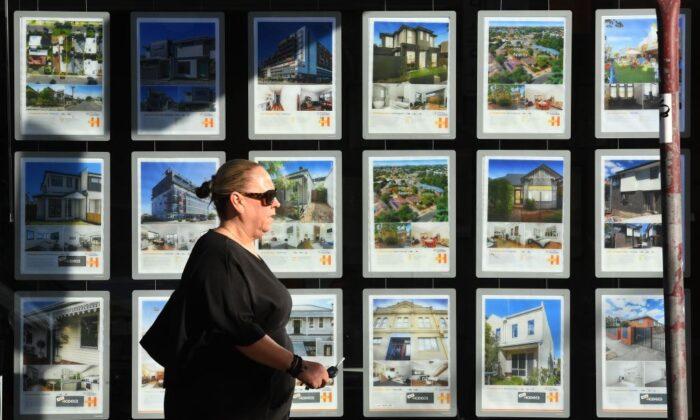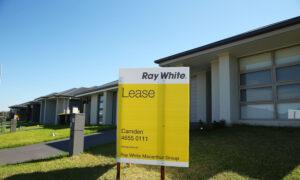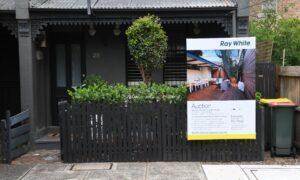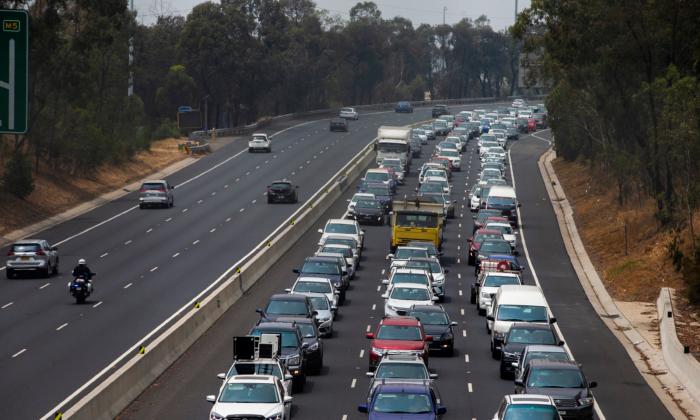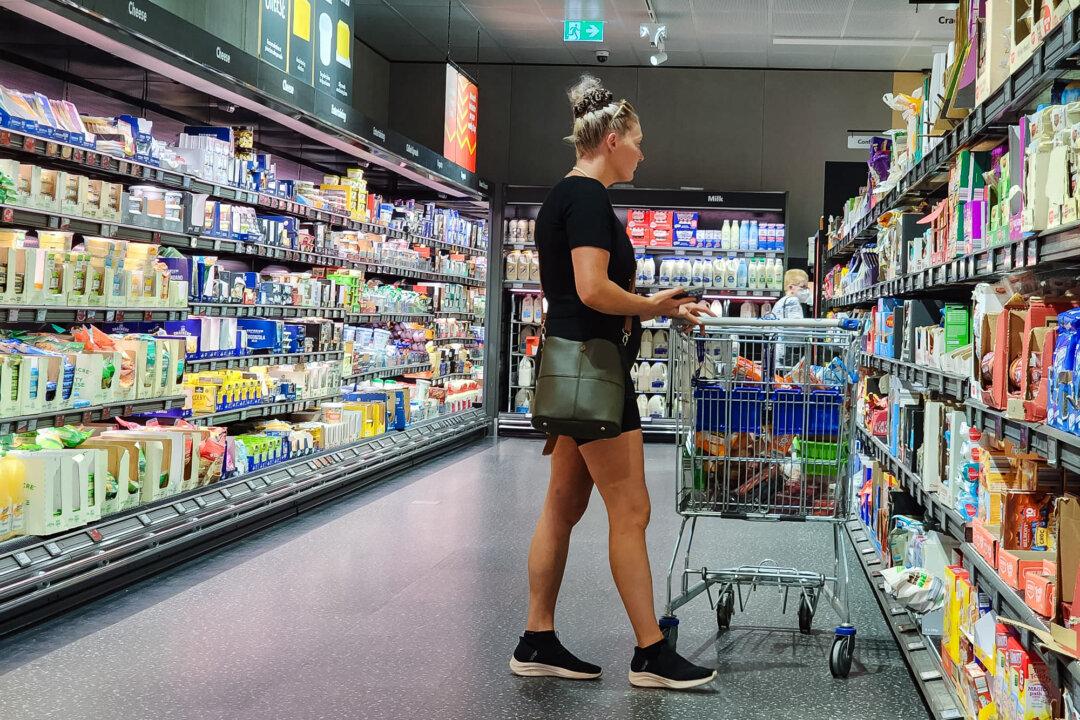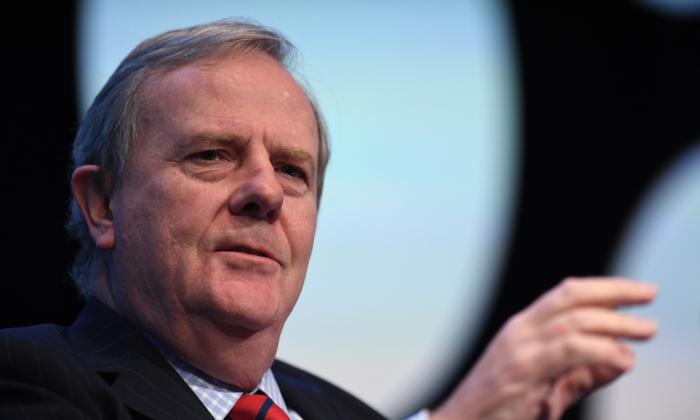Many in Australia are already facing severe economic pressure and the news just keeps getting worse for those who do not own a home, with the latest figures revealing the fastest growth in asking rents for 17 years.
According to real estate market intelligence company Domain’s quarterly rental report, in the year to March, the median rental across Australia’s capital cities rose by nearly 5 percent to $630 per week against the January figure of $601 per week.
The increase was also felt significantly in other urban areas across Australia, where rents jumped 3.3 percent to a median of $620 per week.
Rental prices in Australia have been on the rise in recent years, driven by a combination of factors including population growth, supply shortages, and increased demand for rental properties.
In capital cities like Sydney, Melbourne, Brisbane, and Perth, which have a greater demand for rental accommodation, prices have risen exponentially—outpacing wage growth.
Data from PropTrack’s new Rental Affordability Report outlined just how much the margins of the take-home pay to housing costs ratio are being squeezed.
Using a 25 percent of income to housing costs model, data suggests a median household earning $111,000 per year can only afford to rent within the lower 39 percent of rentals advertised on realestate.com.au over the July to December 2023 period.
“This is, by a reasonable margin, the lowest share since records began in 2008,” PropTrack senior economist and report co-author Angus Moore said.
He added, “At the lower end of the income distribution, renting is extremely challenging. This highlights the importance of rental support for low-income renters, such as Commonwealth Rent Assistance. Without support, renting would be effectively impossible for many of these households.”It is estimated there is a shortage of between 40,000 to 70,000 rentals countrywide. Vacancy rates fell everywhere except Hobart, with Sydney, Melbourne, and Perth registering record lows, and Adelaide and Brisbane approaching record levels.
The quarterly rental gains are also consistent with record-low vacancy rates across the same cities.
According to the data, Adelaide experienced the biggest jump in rent of the major centres at 5.4 percent, trailed by Perth (4.8 per cent), Melbourne (3.6 per cent), Brisbane (3.3 per cent) and Sydney (2.7 per cent). Canberra rents rose 0.7 per cent, and Darwin and Hobart recorded no change.
Tim McKibbin, chief executive of the Real Estate Institute of NSW, told realestate.com.au that the rental shortage in the state was “critical.”
“If you’re fortunate enough to be able to find a property, the next question is can you afford it?”
Domain Chief of Research and Economics Nicola Powell told AAP that the results were to be expected owing to the time of year when seasonal surges caused by typical high demand and low stock created an “imbalance” that has fueled a “renewed acceleration in rental price growth.”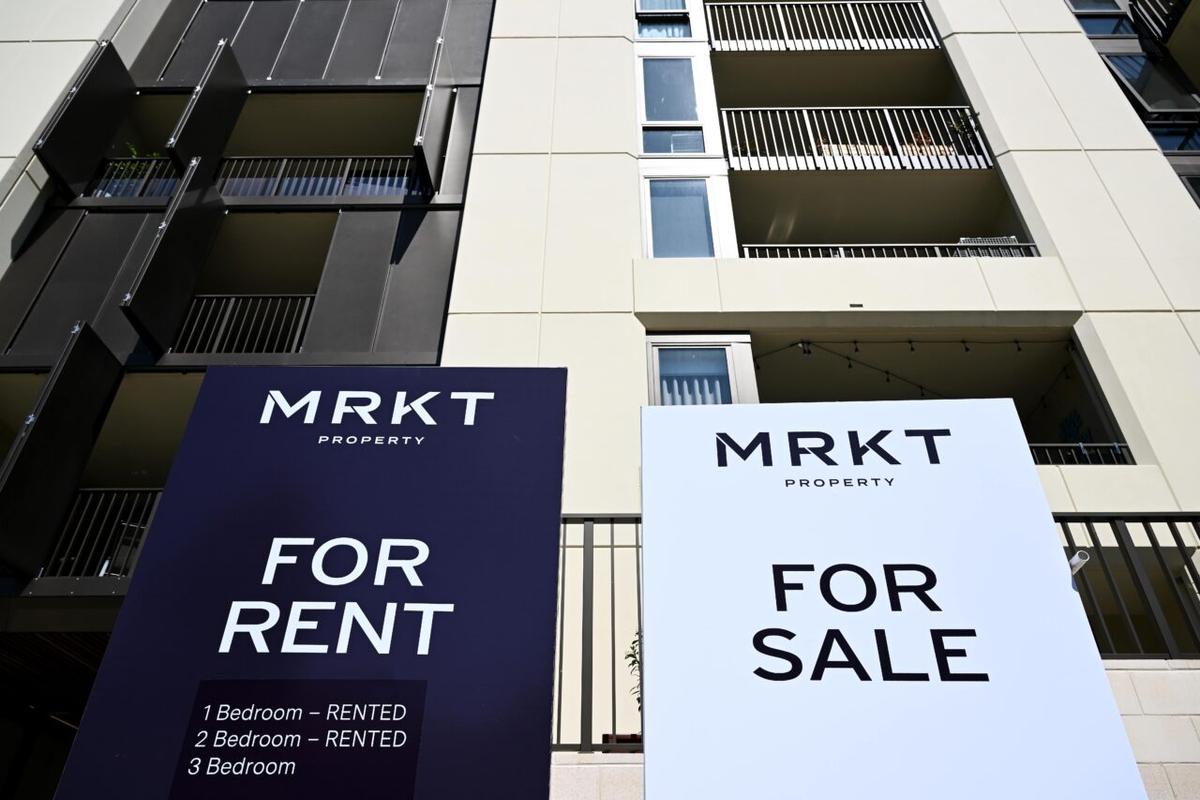
Reasons to be Optimistic
Despite the rapid rises, Domain’s report said that renters should receive some relief when a “tipping point” is reached sometime this year, pointing towards data that shows the number of prospective tenants per rental listing is easing;“Some sub-markets will operate with more balance and rent growth will slow—some areas already show these signs ... we are seeing the number of prospective tenants per rental listing ease, suggesting some pressure has been lifted. This could be an early indicator of an increase in vacancy rates sometime this year.”
A tightening up of student visas by the federal government has seen a drop in new applications for the first time since the pandemic, which decimated the foreign education market, meaning fewer students will need housing. A strategy on migration is also expected to put the brakes on population growth.
Ms. Powell said the incentives by some state governments aimed at encouraging first-home buyers to move out of the rental space have reprioritised mortgages for many people who would have otherwise been renting;
“Home ownership is also at the forefront with incentives in place (such as Queensland doubling the first-home buyer grant, and the federal government’s ‘Help to Buy’ shared equity scheme), which will help transition some to being owners or fast-track others to a more affordable purchase,” Ms. Powell said.
However, using his own company’s data, which only recorded a 3.4 percent rise across the quarter to a median national price of $600 per week, PropTrack senior economist Paul Ryan said “rental market conditions remain very tight.”
He predicted renter pressure will only increase with house prices continuing to rise, increasing the number of landlords who are snapping up 33 percent of houses on the market.
“This suggests continued affordability pressures for renters in 2024,” Mr. Ryan said.
